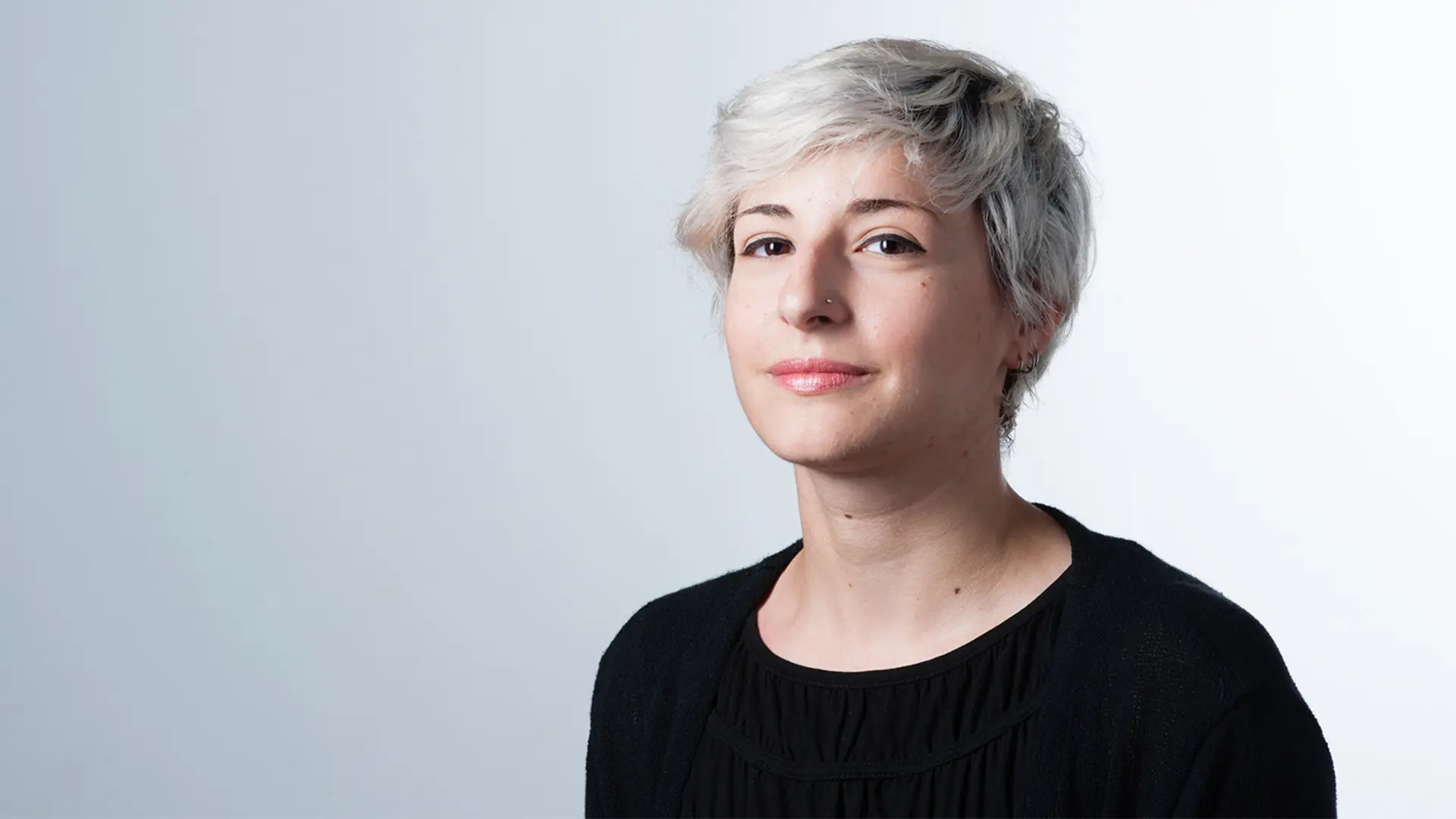Trasmedia Design
Mariana Ciancia

My name is Mariana Ciancia and I am a researcher at the Department of Design, Politecnico di Milano. I studied at the Politecnico di Milano, graduating in Communication Design, and obtaining my PhD in Design. I 'm member of Imagis Lab and I have worked here for around 10 years, interrupted only by a short period abroad at the Aalto University Media Lab where I had the opportunity to explore some of the key topics of my research.
Since last year, I have been teaching Interactive Narration at Politecnico and Digital Media at Università Cattolica del Sacro Cuore in Milano.
My research interests concern the topics of media convergence, new media and collective and participatory culture with the aim of studying how the paradigms of multichannel communication, crossmedia and transmedia, modify the processes of production, distribution and consumption of communicative artefacts.
These research interests materialised in my PhD studies in which I addressed the topic of transmediality, which is understood as a design practice with which the complexity of the contemporary media scenario can be addressed.
Transmediality is a practice constituted by tacit knowledge, with highly experienced practitioners who have and are operating according to non-explicit knowledge borrowed from tradition. This is why the process of designing narrative worlds and their distribution on multiple channels has not been standardised, but follows a learning by doing approach, i.e. learning by doing typical of Renaissance workshops, retrieved from the field of design.
In order to expand the potential of this discipline to other areas besides the classical entertainment ones, it is necessary to develop a model on a design practice that derives from the professional world, and this is the hypothesis that I started from and that has accompanied me in these years.
As designers, therefore, our task is to identify interpretive tools and guidelines for transmedia design.
The research took the form of a systematisation of the many existing definitions on the subject of transmediality in order to actively contribute to the current discussions and propose a tool useful for both the analysis and design of transmedia systems. What I have proposed, in fact, is an analytical and design tool for the discipline I have called Transmedia Design.
What, according to my work, is therefore on the horizon is a discipline at the intersection of media studies and design culture that allows researchers and practitioners to analyse, develop and manage multi-channel communication systems based on the construction and management of narrative worlds. Reading transmediality through the lens of design has allowed me to describe it as a practice that operates as a problem solver and sense maker, mirroring the roles of design.
This has led me this past year to focus my research on two specific strands. The Interactive Narrative, with the experimentation of tools capable of supporting the development of self-generating narrative worlds, and thus supporting transmedia expansion in the future, and the Vidding, in collaboration with a sociologist colleague who is an expert in the theory of practices, to understand how these created narrative worlds become living material that fans manipulate and remix, contributing directly to the construction of narratives.